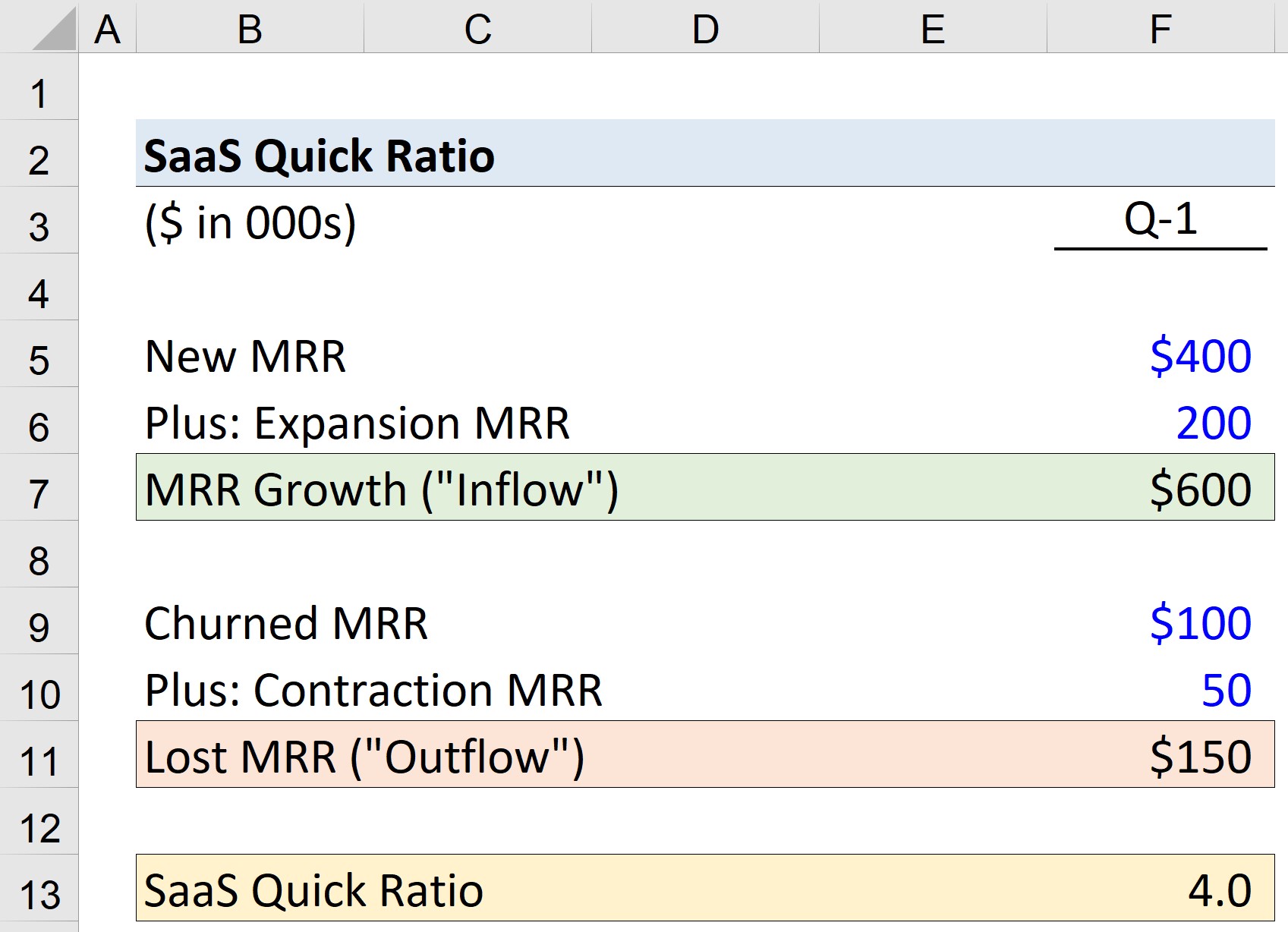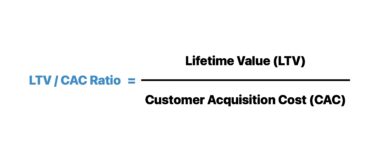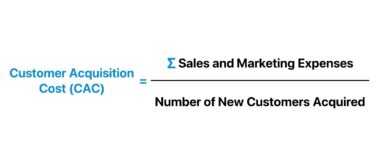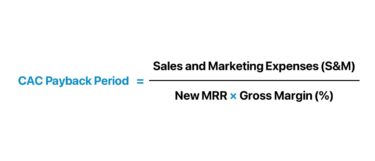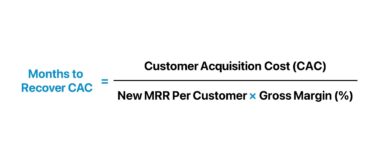What is SaaS Quick Ratio?
The SaaS Quick Ratio ensures a company’s recurring revenue growth is balanced with enough customer retention. The industry-specific KPI is intended to measure the efficiency at which a SaaS company is growing while reducing the risk that a high growth rate is masking an unsustainable churn rate.
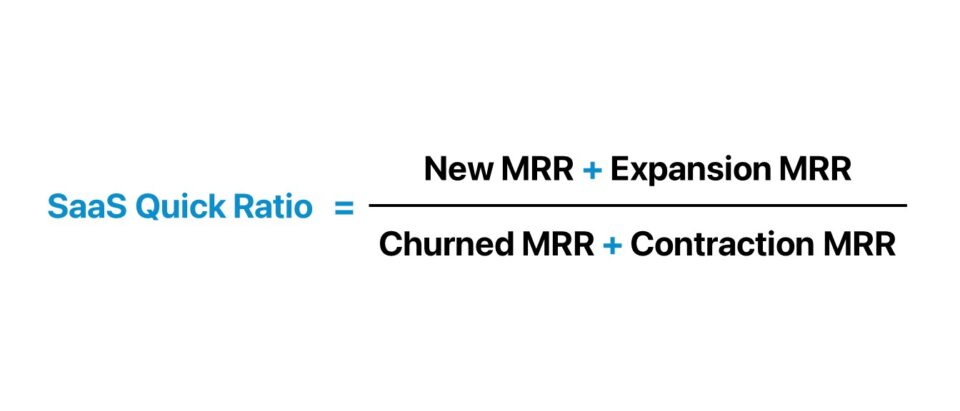
- The SaaS quick ratio is a key performance indicator (KPI) that measures the efficiency of revenue growth in subscription-based companies, whereby new revenue is compared to customer churn.
- SaaS Quick Ratio = (New MRR + Expansion MRR) ÷ (Churned MRR + Contraction MRR)
- SaaS Quick Ratio of 4.0 is considered the standard industry benchmark, which implies that for each $4.00 gained in recurring revenue, only $1.00 is lost from churn or contraction.
- The SaaS quick ratio can determine the long-term viability of a SaaS company’s revenue growth by ensuring growth is not offset by customer churn.
- The diligent management of customer churn and improving upon operational inefficiencies is critical to achieve long-term sustainable performance in the SaaS industry.
How to Calculate SaaS Quick Ratio
The SaaS quick ratio measures a company’s growth efficiency by comparing its new revenue growth (“inflows”) to its lost revenue (“outflows”).
Conceptually, the SaaS quick ratio is an industry-specific KPI metric to analyze the capacity of a subscription-based or SaaS business to maximize its recurring revenue while minimizing its churn rate.
SaaS companies are unique in that they are not only striving for revenue growth, but also attempting to secure long-term recurring revenue sources.
Industry-specific KPIs, such as the SaaS magic number, can confirm if a company’s sales and marketing strategy is operating efficiently, whereas the rule of 40 can make sure the trade-off between growth and profitability is kept at reasonable levels.
The SaaS quick ratio, however, is used to demonstrate whether a company’s revenue growth is supported by sufficient customer retention, i.e. the positive revenue growth is balanced with minimal customer churn and downgrades.
Calculating the SaaS quick ratio is a relatively straightforward, two-step process.
- Step 1 ➝ Calculate New MRR
- Step 2 ➝ Divide New MRR by Lost MRR
SaaS Quick Ratio Formula
The first step to calculate the SaaS quick ratio is to add new monthly recurring revenue (MRR) to expansion MRR, which reflect MRR growth (“inflows”).
The resulting figure is then divided by the sum of the churned MRR and contraction MRR, which are indicative of lost MRR (“outflows”).
The formula to calculate the SaaS quick ratio is therefore the sum of new MRR and expansion MRR divided by the sum of churned MRR and contraction MRR.
Where:
- New MRR → The MRR from acquiring new customers
- Expansion MRR → The MRR derived from existing customers (e.g. upgrades to higher priced tier)
- Churned MRR → The lost MRR from customers that canceled and left
- Contraction MRR → The lost MRR from existing customers (e.g. downgrade to lower priced tier)
What is a Good SaaS Quick Ratio?
As a general rule, the higher the SaaS quick ratio, the more efficient the company’s growth strategies.
The quality of growth can dictate the long-term viability of a SaaS company, i.e. not all revenue is created equal.
A SaaS quick ratio of 4.0 is the most frequently cited target benchmark that companies aim to reach (and exceed).
If a SaaS company’s quick ratio is 4.0, that implies that for every $4.00 in revenue generated, only $1.00 is lost from churn or contraction.
Specifically, SaaS companies exhibiting strong revenue growth and acquiring new customers at a rapid pace can easily become susceptible to neglecting churn and looking past internal issues.
In order for a subscription-based company’s growth to someday reach a sustainable state, its customer churn must be managed and weaknesses in its business model must be fixed.
| Industry Benchmark | Rating | Description |
|---|---|---|
|
|
|
|
|
|
|
|
|
SaaS Quick Ratio Calculator — Excel Template
We’ll now move to a modeling exercise, which you can access by filling out the form below.
SaaS Quick Ratio Calculation Example
Suppose a SaaS company generated $400k in new MRR in Q-1 of fiscal year 2023, along with $200k in expansion MRR from successful upselling and cross-selling efforts.
- New MRR = $400,000
- Expansion MRR = $200,000
For the quarter, the company brought in $600k in MRR growth (“inflows”).
- MRR Growth = $400,000 + $200,000 = $600,000
In contrast, the company incurred $100k in churned MRR from lost customers and $50k in contraction MRR.
- Churned MRR = $100,000
- Contraction MRR = $50,000
The total lost MRR (“outflow”) is $150k at the end of the quarter.
- Lost MRR = $100,000 + $50,000 = $150,000
With those two inputs prepared, we’re now ready to calculate the SaaS quick ratio of our company, which comes out to 4.
- SaaS Quick Ratio = $600,000 ÷ $150,000 = 4.0

Everything You Need To Master Financial Modeling
Enroll in The Premium Package: Learn Financial Statement Modeling, DCF, M&A, LBO and Comps. The same training program used at top investment banks.
Enroll Today
